Kailash Mansarovar Yatra is a holy journey where many devotees go to connect with Lord Shiva and learn about spirituality. The Kailash Mansarovar journey is not just about a physical trek, it also gives a positive experience where pilgrims can relax, meditate, and get rid of negativity. Mount Kailash is one of the oldest pilgrimage site in the world, which makes it a very special place to visit.
In addition, Mount Kailash is surrounded by important lakes, and Lake Mansarovar is known as the holiest in Hinduism. Many pilgrims believe that completing this journey will wash away their sins and give them blessings for a lifetime.
Travelers will enjoy amazing views of snow-covered mountains, beautiful lakes, and unique landscapes. Along the way, visitors can also see different wildlife and feel deeply connected to the natural world. The Mount Kailash Yatra is filled with amazing sights and special moments that leave a lasting impact on the heart and soul.
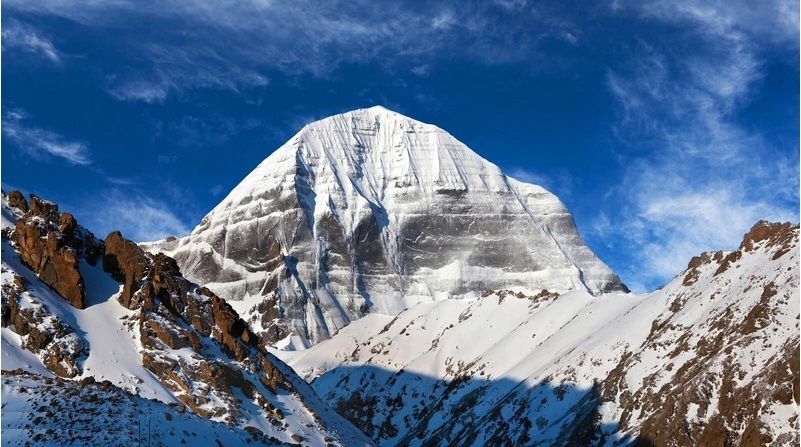
Kailash Mansarovar Location
Kailash Mansarovar is in the western region of Tibet, which is part of China. It is close to the border of China, India and Nepal. Mount Kailash stands about 6,638 meters above sea level, and Lake Mansarovar is around 4,600 meters.
History of Kailash Mansarovar
Kailash Mansarovar is famous for its history and the interesting facts listed below:
- According to Hindu Mythology, Mount Kailash is the home of Lord Shiva, where he meditates in peace. This makes it very important for Hindus, who believe it holds great power, calmness, and divine energy.
- Some Tibetan and ancient Hindu texts mention a civilization called ‘Shambhala’ that might have been near Mount Kailash. Shambhala is described as an unexplored land, and it is compared to the city of Atlantis because both are mysterious places believed to have existed long years ago.
- Kailash Parvat, known as the holiest peak in the Himalayas, was created about 30 million years ago during the formation of the Himalayas.
- It is believed that Mount Kailash is a spiritual center connecting earth to heaven, which makes it a special location in geography, like the ‘heart’ or central point of the world.
- Lake Mansarovar is also special because it’s a freshwater lake and is popular for its healing properties.
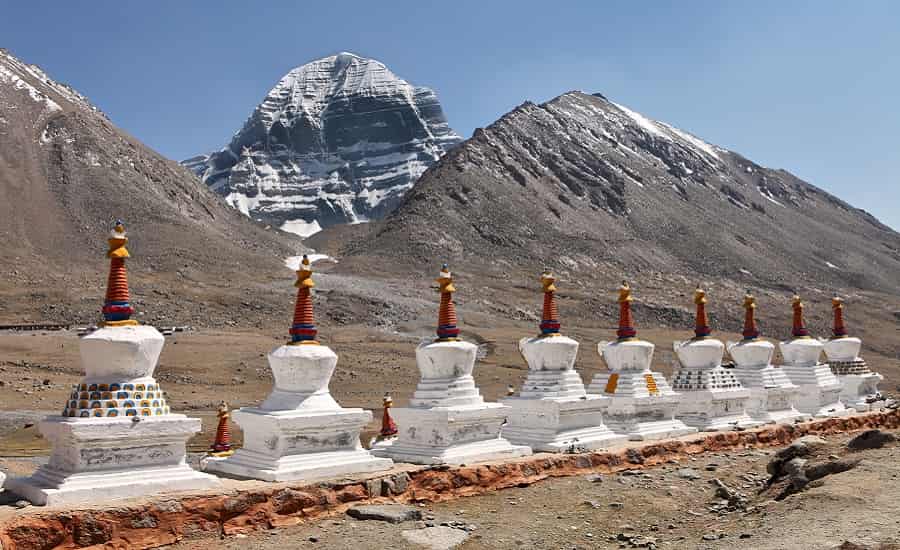
Places to Visit Near Kailash Mansarovar
Mount Kailash
Kailash Parvat is the main highlight of this Yatra. Many devotees come to perform Parikrama (circumambulation) around the mountain. It is the holiest peak and a dream destination for many pilgrims because of its strong spiritual energy. It is believed to be the home of Lord Mahadev.
- Recommended Time: 6 AM to 5 PM
Lake Mansarovar
Lake Mansarovar is a peaceful place near Mount Kailash. It is one of the highest freshwater lake in the world. Travelers visit the lake to take a holy bath, believing it washes away their sins. According to Hindu mythology, Goddess Parvati meditated here. The lake’s clear water and stunning mountain views make it a perfect spot for meditation and prayer.
- Recommended Time: 6 AM to 5 PM
Tirthapuri
Tirthapuri is the place where Guru Rinpoche meditated with his companion Yeshe Tsogyal in the Vajravarahi Cave. Tirthapuri is also famous for its hot springs, where pilgrims come to take a dip and purify their souls.
- Recommended Time: 6 AM to 4: 30 PM
Om Parvat
Om Parvat is located in Uttarakhand near the border of India, Nepal, and Tibet. The snow on it peak naturally forms the sacred symbol “(ॐ).” It is a holy spot for Hindus, many people believe this place is connected to Lord Shiva that shows his power and presence.
- Recommended Time: 6 AM to 5 PM
Rakshas Tal
Lake Rakshastal is near Mansarovar Lake, but it is known for its mysterious reputation. Rakshastal is sometimes called the ‘Lake of demons’ in local stories because people believe it is a place filled with power and energy.
- Recommended Time: 8 AM to 4 PM
Gauri Kund
Gauri Kund is a holy place dedicated to Goddess Parvati. Pilgrims visit here to pray and receive blessings from the goddess. This place is popular for its natural beauty and peaceful surroundings.
- Recommended Time: 8 AM to 4 PM
How to Reach Kailash Mansarovar?
Mansarovar is in a distant location, traveling there requires various types of transport. Here are the main routes to reach Mansarovar–
Kathmandu, Nepal Route:
- Take a flight to Tribhuvan International Airport in Kathmandu (Nepal), it is the main starting point for the Mansarovar Yatra.
- Get the required permits and visa for the journey from registered licensed travel agencies.
- You can go by road from Kathmandu to Rasuwagadhi/Syabrubesi on the Nepal-China border, which takes around 6-8 hours.
- Cross the border and continue the road journey through Kyirong (Gyirong) in Tibet, China.
- Follow the Yatra route from Kyirong to Saga, then to Mansarovar Lake, and finally to Mount Kailash.
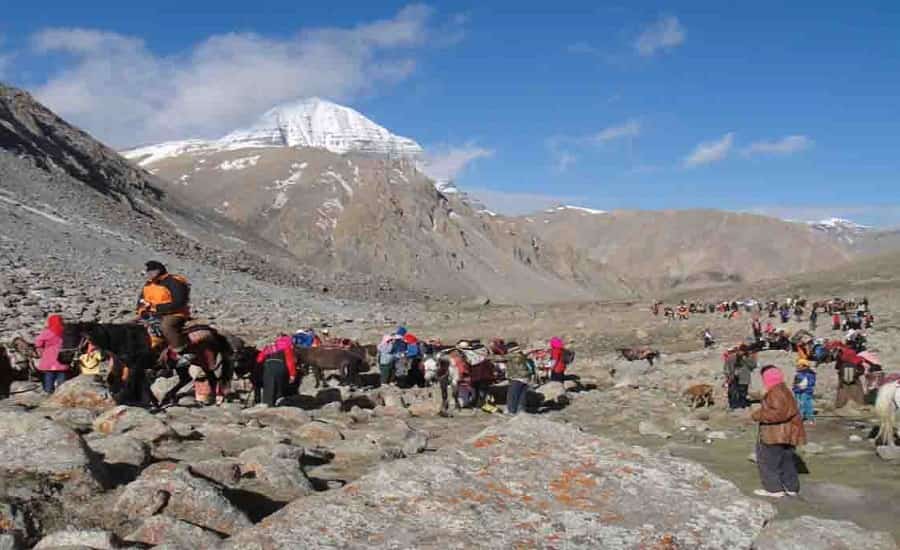
Indian Route:
- Take a flight to Delhi (India’s capital) or use other transports to get there.
- Fly from Delhi to either Lucknow or Allahabad airport, which are closest to Mansarovar.
- Proceed to the Indian border town of Sonauli, then go to Nepalgunj (Nepal).
- From Nepalgunj, travel by vehicle to the Nepal-China border town of Hilsa/Simikot.
- After crossing the border, continue your journey through Taklakot (Purang), Saga, Mansarovar Lake, then end at Mount Kailash.
Check out: How to Plan Kailash Mansarovar Yatra from Delhi
What is the Best Time to Visit Kailash Mansarovar and Why?
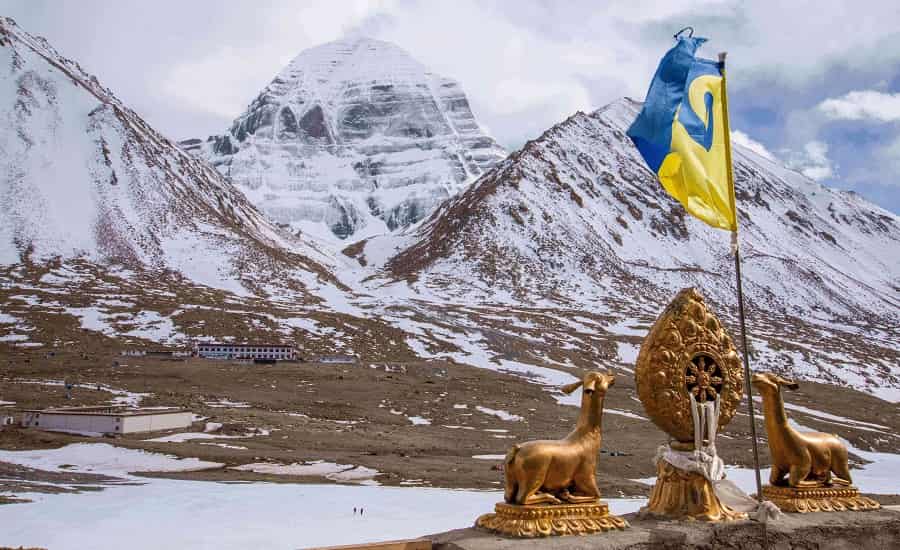
The summer months, from May to September, are the best time to explore Kailash Mansarovar. Here reasons why these months are perfect for visiting:
- The weather is pleasant and more comfortable, which makes the journey easier.
- In summer, the roads are in better condition, making traveling enjoyable.
- During the summer months, the view of the beautiful mountains is clearer and more visible.
- During summer, local festivals or events take place, which gives the opportunity to enjoy the culture and traditions of the area.
How to Apply for Kailash Mansarovar Visa and Permit?
- Registration: Register through an official agency to get permits and visa for Kailash Mansarovar trip.
- Get a Chinese Visa: A travel agency will help you get the visa to visit Tibet.
- Apply for an ILP (Inner Line Permit): If you are traveling from Nepal, you need this permit as well.
- Medical check-up: Some agencies ask for a medical certificate to confirm you are fit for the trip.
- Document submission: Submit your passport, photos, medical certificate, and payment to the travel agency.
- Get your permits and visa: When everything is approved, you will receive your permits and visa for the trip.
Travel Tips
- Avoid shortcuts: Don’t take shortcuts and stay on safe paths while walking.
- Get ready for climatic changes: Prepare for sudden weather changes and carry woolen clothes, even during the summer.
- Find skilled guides: Choose experienced guides who know the area well and can ensure your safety on the journey.
- Protect the environment: Respect local cultures and take care of natural surroundings.
Frequently Asked Questions
Q-1: Can solo travelers go for Adi Kailash Yatra?
Ans: No, it is very difficult to get a Tibet Visa and travel permit for a single person. Travel is only possible in groups, accompanied by Chinese guides, which ensures safety.
Q-2: Do travelers need to carry oxygen during this Yatra?
Ans: It is not compulsory, but some visitors carry portable oxygen for emergencies because of the high altitude, especially during the Parikrama.
Q-3: How many days are enough to complete the Kailash Mansarovar Yatra?
Ans: Around 12 to 15 days are enough to properly explore, but it also depends on the route you choose.

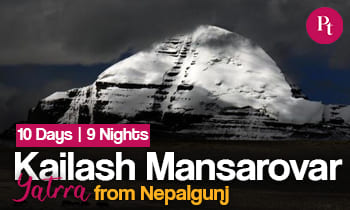


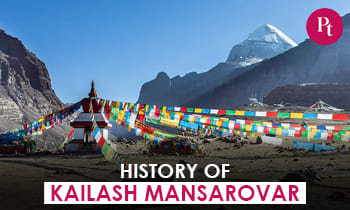
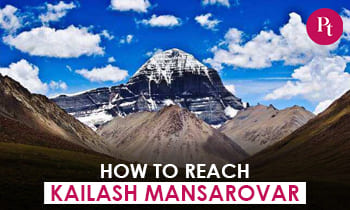

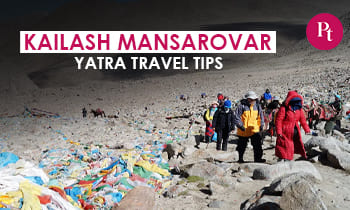
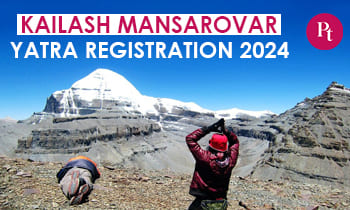

 Call
Call WhatsApp
WhatsApp Enquiry
Enquiry